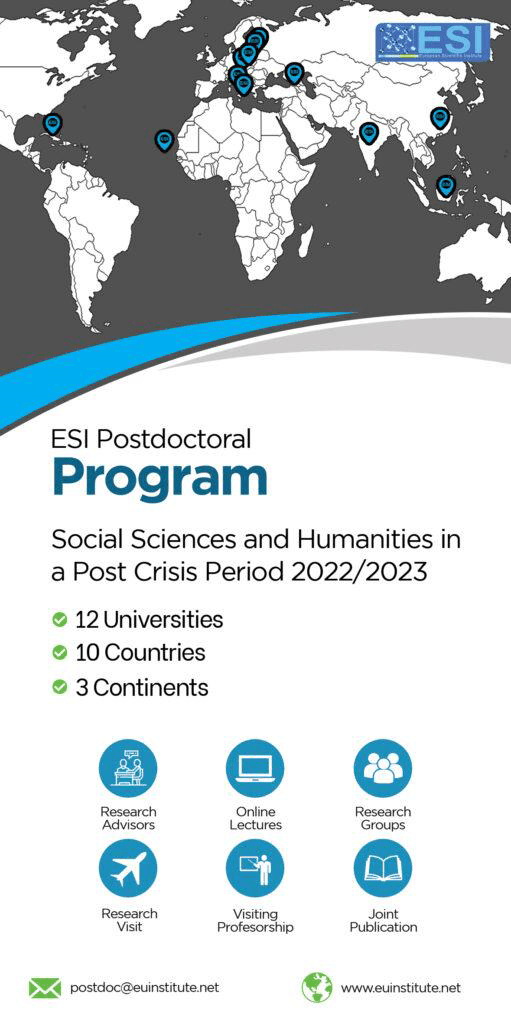Modelling Growth and Yield Components of Okra (Abelmoschus esculentus L. Moench) and Ayoyo (Corchorus olitorius) Using Multiple Regression
Abstract
Multiple regression was used to analyzed the relationship between growth and yield components of Okra and Ayoyo crops with the aim of generating a predictive model. Ten (10) plants were tagged in each stream, and the average height per plot/experiment/stream, number of leaves per plot, and leaf area index. Results show an average infiltration rate of 160.25 mm/h, suggesting that the soils of the site belong to hydrologic soil group A/B. Group A is sand, loamy sand or sandy loam types of soils while Group B is silt loam or loam. Based on regression analysis, a model equation was formulated to predict the yield of okra, exhibiting a coefficient of determination (R2) of 0.832. This high R2 value indicates a strong correlation between predicted and observed yields of okra, suggesting reliable predictive capability when the growth parameters of okra are provided. Similarly, the model equation for ayoyo crop had R2 value of 0.941, suggesting a close match between predicted and observed yields of ayoyo, indicating the potential for accurate yield prediction during cultivation, given knowledge of the growth parameters of ayoyo.
Downloads
Metrics
References
2. Badr, M.A., El-Tohamy, W.A., Salman, S.R. and Gruda, N., 2022. Yield and water use relationships of potato under different timing and severity of water stress. Agricultural Water Management, 271, p.107793.
3. Bahadori, M., & Tofighi, H. (2017). Investigation of soil organic carbon recovery by the Walkley-Black method under diverse vegetation systems. Soil Science, 182(3), 101-106.
4. Bremner, J. M., & Mulvaney, C. S. (1982). Nitrogen—total. Methods of soil analysis: part 2 chemical and microbiological properties, 9, 595-624.
5. Buri, M. M., Issaka, R. N., Senayah, J. K., Fujii, H., and Wakatsuki, T., 2012. Lowland Soils for Rice Cultivation in Ghana. Crop Production Technologies. https://doi.org/10.5772/27811
6. Canisius, F., Shang, J., Liu, J., Huang, X., Ma, B., Jiao, X., Geng, X., Kovacs, J.M. and Walters, D., 2018. Tracking crop phenological development using multi-temporal polarimetric Radarsat-2 data. Remote Sensing of Environment, 210, pp.508-518.
7. Cristina, N. M., & Lucia, D. A. (2021). Nutrition and healthy aging: Prevention and treatment of gastrointestinal diseases. Nutrients, 13(12), 4337.
8. Elkhalifa, A. E. O., Alshammari, E., Adnan, M., Alcantara, J. C., Awadelkareem, A. M., Eltoum, N. E., ... & Ashraf, S. A. (2021). Okra (Abelmoschus esculentus) as a potential dietary medicine with nutraceutical importance for sustainable health applications. Molecules, 26(3), 696.
9. Hossain, A. S. (2023). Healthy okra Growth, Pigments, Vitamin C and mineral Content as Affected by Plant growth Regulators: A Diabetic Food.
10. Ishfaq, B., Sameen, A., Pasha, I., Shahid, M., & Abrar, M. (2022). Evaluation of cookery methods in reduction of pesticide residues and quality attributes of okra fruit (Abelmoschus esculentus L.). Food Science and Technology, 42, e86021.
11. Johnson, Peter and Sam., 2020. "Effect of pH on Calcium Precipitation During Filtration of Industrial Wastewater." Journal of Environmental Chemistry, 48(4), 412-425.
12. Kebede, N., 2019. Effects of Deficit Irrigation and Mulch Levels on Growth, Yield and Water Productivity of Onion (Allium cepa L.) at Werer, Middle Awash Valley, Ethiopia. Haramaya University.
13. Korkmaz, M. (2019). A study over the formulation of the parameters 5 or less independent variables of multiple linear regression. Journal of function spaces, 2019(1), 1526920.
14. Kumar, A., & Jnanesha, A. C. (2022). Tribal Medicine of India: Natural Remedies for Good Health. Indigenus Traditional Knowledge, 47-74.
15. Miller, R. O., Gavlak, R., & Horneck, D. (2013). Soil, plant and water reference methods for the western region. Colorado State University: Fort Collins, CO, USA, 155.
16. Nielsen, D., Johnson, R., & Smith, L., 2017. Soil Infiltration Characteristics in Hydrologic Soil Groups A/B. Journal of Hydrology, 39(4), 315-330.
17. Obuobie, E., Keraita, B., Danso, G., Amoah, P., Cofie, O. O., Raschid-Sally, L., & Drechsel, P. (2006). Irrigated urban vegetable production in Ghana: characteristics, benefits and risks.
18. Sefah, W., Engmann, F. N., Adi, D. D., & Serwah, A. (2024). Health and nutritional perspectives of traditional and ethnic foods in the northern belt of Ghana. In Nutritional and Health Aspects of Food in Western Africa (pp. 111-132). Academic Press.
19. Singh, J.S., Koushal, S., Kumar, A., Vimal, S.R. and Gupta, V.K., 2016. Book review: microbial inoculants in sustainable agricultural productivity-Vol. II: functional application.
20. Smith, J., Johnson, R., & Brown, S., 2020. Irrigation: The Deliberate Application of Water to Soil or Plants in Precise Quantities and at the Appropriate Times. Journal of Agricultural Science, 45(3), 321-335.
21. Tadesse Banjaw, D., Megersa, H. G., and Tolossa Lemma, D., 2017. Effect of Water Quality and Deficit Irrigation on Tomatoes Yield and Quality: A Review. Advances in Crop Science and Technology, 05(04). https://doi.org/10.4172/2329-8863.1000295.
22. Tequam, and WSP., 2017. Soil Characteristics, Water Resources Development and Environment (Issue December, 17).
Copyright (c) 2025 Alhassan Abdul Latif Husein, Zakaria Issaka

This work is licensed under a Creative Commons Attribution 4.0 International License.








